P and Q are isomer of dicraboxylic acid C4H4O4 Both decolourixe Br2/H2O. On heating , P forms the cyclic anhydride. Upon treatment with duilute alkaline KMnO4. P as well a Q could produce one or more than one from S,T and U.
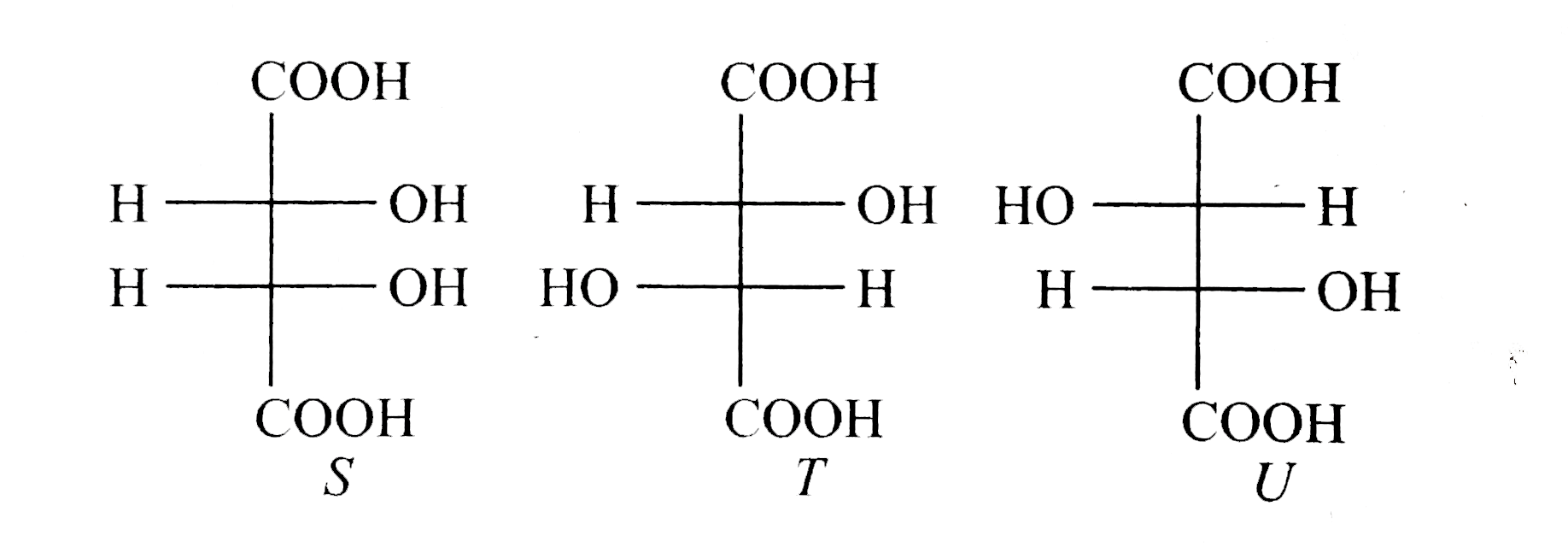
In the following reaction sequences V and W are respectively

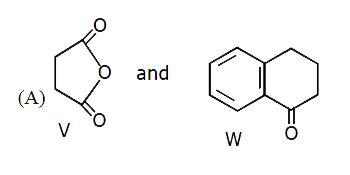

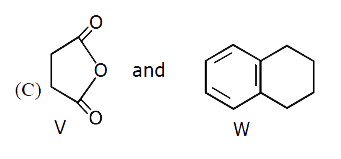

The correct Answer is:A
Step by step video, text & image solution for P and Q are isomer of dicraboxylic acid C_(4)H_(4)O_(4) Both decolourixe Br_(2)//H_(2)O. On heating , P forms the cyclic anhydride. Upon treatment with duilute alkaline KMnO_(4). P as well a Q could produce one or more than one from S,T and U. In the following reaction sequences V and W are respectively by Chemistry experts to help you in doubts & scoring excellent marks in Class 12 exams.
Updated on:21/07/2023Topper's Solved these Questions
- CARBOXYLIC ACIDBook:MOTIONChapter:CARBOXYLIC ACIDExercise:Exercise - 4 (LEVEL - 1 )
Explore 15 Videos
- CARBONL COMPOUNDSBook:MOTIONChapter:CARBONL COMPOUNDSExercise:EXERCISE - 4 LEVEL -II
Explore 24 Videos
- CHEMICAL BONDING Book:MOTIONChapter:CHEMICAL BONDING Exercise:EXERCISE -4 LEVEL-II
Explore 40 Videos
Similar Questions
A compound X is formed by the reaction of a carboxylic acid C2H4O2 and an alcohol in the presence of a few drops of H2SO4 .The alcohol on oxidation with alkaline KMnO4 followed by acidification gives the same carboxylic acid as used in this reaction .Give the names and structures of :
Alcohol
View SolutionP and Q are isomers of dicarboxylic acid C4H4O4. Bothdecolorize Br2/H2O. On heating, P forms the cyclic anhydride. Upon treatment with dilute alkaline KMnO4,P as well as Q could produce one or more than one forms S,T and U.
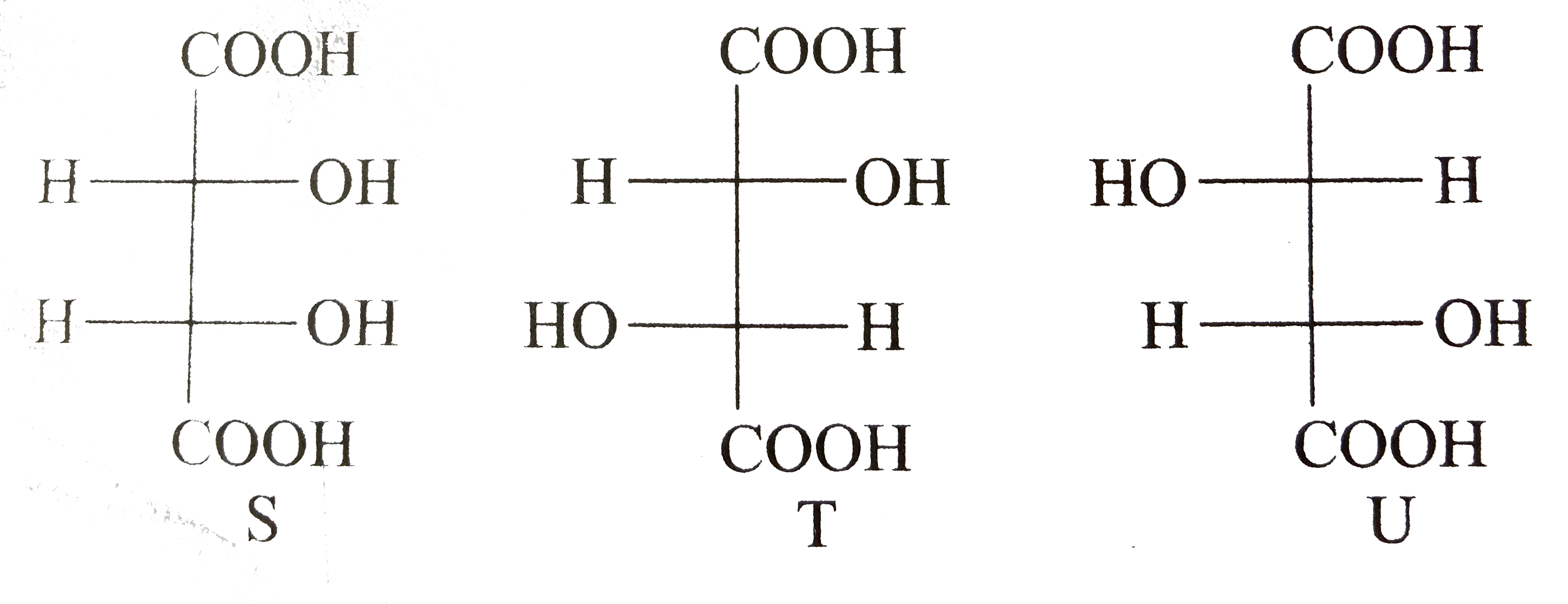 Compounds formed from P and Q are, respectively
Compounds formed from P and Q are, respectively
View Solution
Knowledge Check
P and Q are isomers of dicarboxylic acid C4H4O4. Both decolorize Br2/H2O. On heating, P forms the cyclic anydride.
Upon treatment with dilute alkaline KMnO4, p as well as Q could produce one or more than one from the S,T and U

In the following reaction, sequences V and W are respectively.
 A
A B
B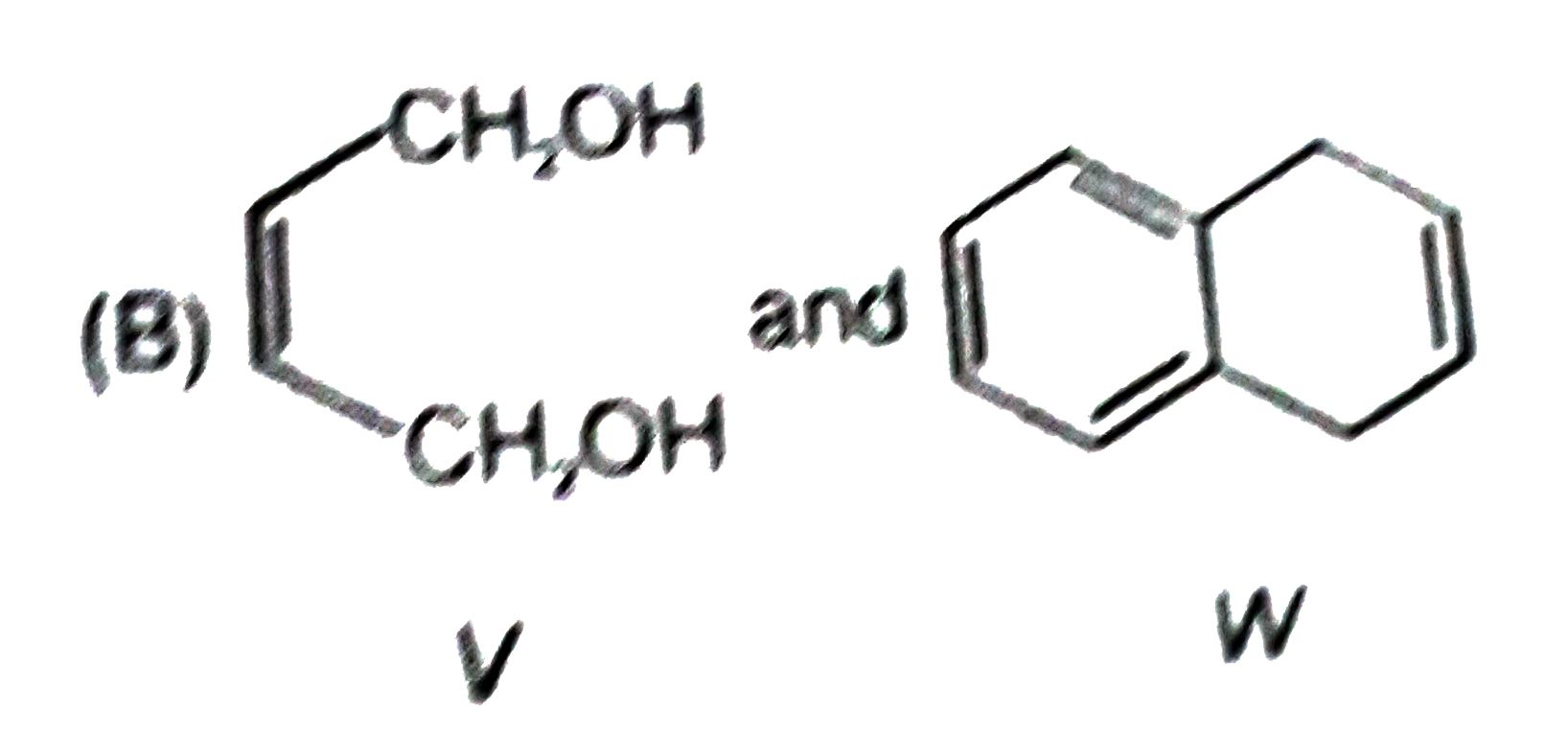 C
C D
D
P and Q are isomer of dicraboxylic acid C4H4O4 Both decolourixe Br2/H2O. On heating , P forms the cyclic anhydride. Upon treatment with duilute alkaline KMnO4. P as well a Q could produce one or more than one from S,T and U.
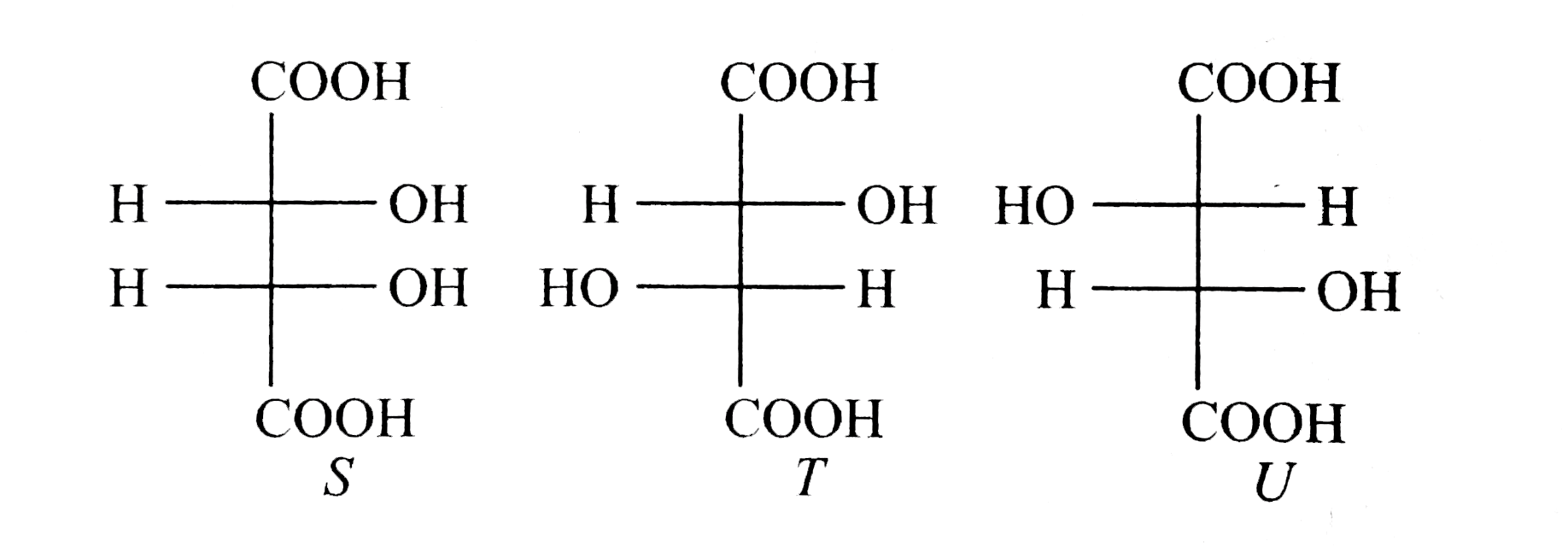
Compounds formed P and Q are, respectivelyAOptically active S and optically active pair (T.U)BOptically inacthive S and optically inactive pair (T.U)COpticaly active pair (Y.U) and optically active SDOptically inactive pair (T.U) and optically inactives SP and Q are isomers of dicarboxyhc acid C4H4O4 .Both decolourize Br2/H2O On heating, P forms the cyclic anhydride.
Upon treatment with dilute alkaline KMnO4, P ass well as Q could produce one or more than one from S. T and U.

Compounds formed form P and Q are, respectively.AOptically active s and optically active pair (T,U)BOptically active S and optically inactive pair (T,U)COptcally actve pair (T. U) and optically active SDOptically inactive pair (T. U) and optically inactive S
P and Q are isomers of dicarboxylic acid C4H4O4. Both decolorize Br2/H2O. On heating, P forms the cyclic anydride.
Upon treatment with dilute alkaline KMnO4, p as well as Q could produce one or more than one from the S,T and U
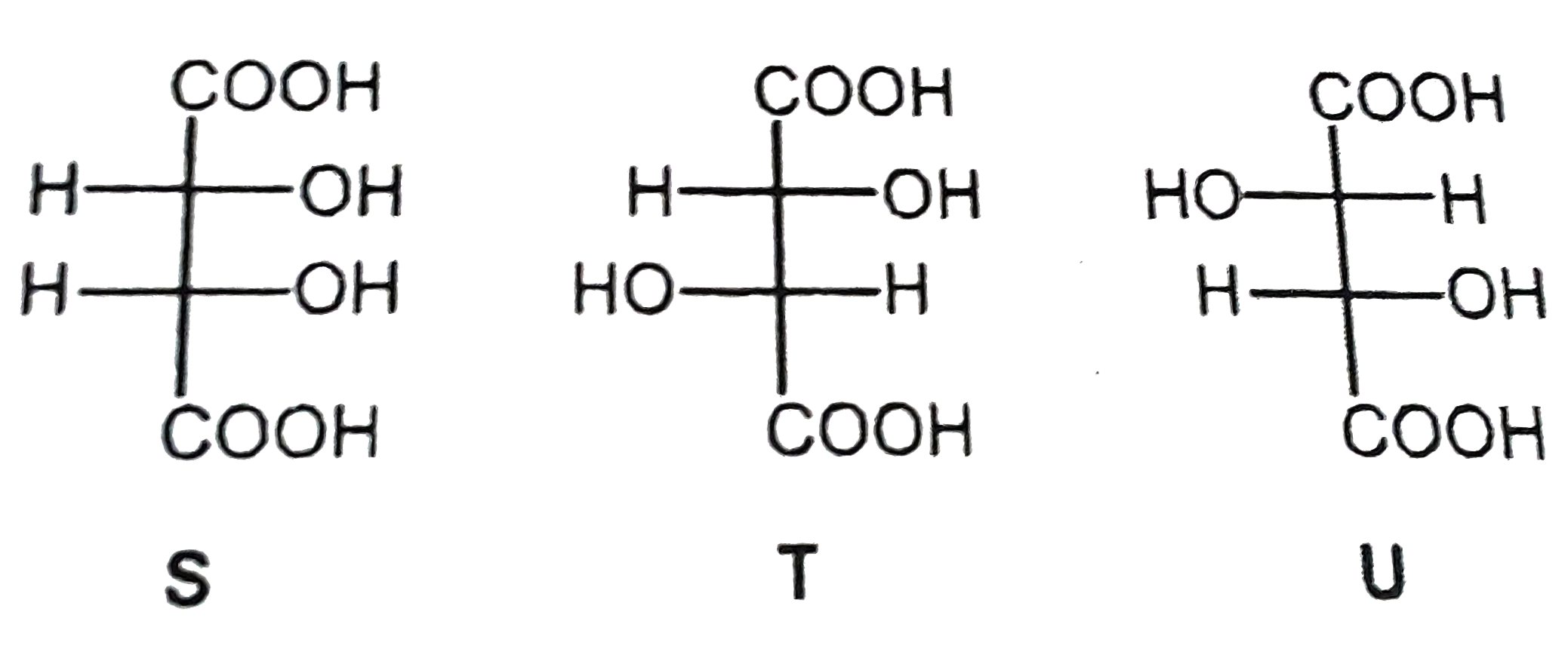
Compounds formed from P and Q are, respectively:
View SolutionPyrophosphorous acid, H4P2O5
View SolutionP4–––+H2O→No reaction
View SolutionP4–––+H2O→No reaction
View SolutionPyrophosphorous acid, H4P2O5
View Solution
